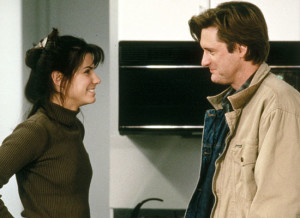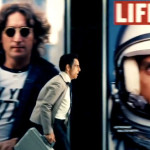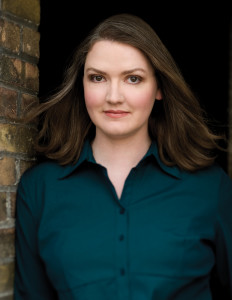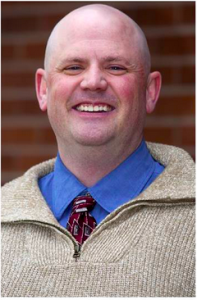 Lisa Mangum’s “First Comes Like” post is directly in line with mine today. When the topic for this month was announced, I thought of two movies whose titles could almost be confused with one another. Both are well-liked by the general populace, both are romances, one I love and the other…not so much. Here’s why:
Lisa Mangum’s “First Comes Like” post is directly in line with mine today. When the topic for this month was announced, I thought of two movies whose titles could almost be confused with one another. Both are well-liked by the general populace, both are romances, one I love and the other…not so much. Here’s why:
While You Were Sleeping is a movie I could watch a thousand times (as long as I don’t think about Bill Pullman and Ellen Degeneres in Mr. Perfect), because I get to watch the characters meet, become friends, and over time, fall in love. This is a movie where the romance simmers, making it perfect, beautiful, and believable.
Sleepless in Seattle is another cute romance, with great actors/actresses, and I just felt let down. It seems like two people, drawn together by fate, missing each other right and left, until one of them decides to take a chance on the unknown. This is the movie’s tagline: “What if someone you never met, someone you never saw, someone you never knew was the only someone for you?” That doesn’t come off as romantic to me, just stupid. As Lisa said in her post “…before love comes along, there is like—in real life, and in fiction.” I feel like their connection in Sleepless is a farce, because even if fate is real, it still requires time and interaction for love to follow fate. I’m not big on the love at first sight.
The first time I saw my husband was from across a room, he was smiling and had a kind look in his eyes that I admired, and I thought, “I’d like to get to know him.” I didn’t think, “I want to marry him and bear his children.” Love takes time.
As a sci-fi/fantasy/horror writer, I like to have a thread of romance in almost everything I write. Yep, even in my horror. Don’t believe me, read my short story anthology, The Black Side. Physical attraction may come early or late, but emotional attraction is something that either develops because the characters knew each other before the story begins, or they are given time within the story to get to know each other. At the beginning of Frozen, weren’t we all a little shocked and disappointed that Anna spends one evening with Hans and is ready to marry him? But with Kristoff, they talk, annoy each other, save each other, and learn the pros and cons about one another before they fall in love.
Let’s make sure we do that in our stories. Oh, and by the way, romance is NOT sex. Romance is the emotional connection that two people make over time. You want better romance in your books, don’t even think about the sex until your characters love each other so much they can’t imagine being apart. Of course, if the sex is the primary goal, then who needs romance, right? I do.
How about you? I’d love to hear opinions on the path romance should take, and examples of books/movies where they do it right.
As a plus, here’s a post for all you Sandra Bullock/While You Were Sleeping/Working girl fans with a few more reasons why this romcom is one of the best: Yoruba Girl Dancing




